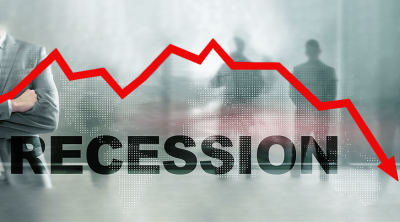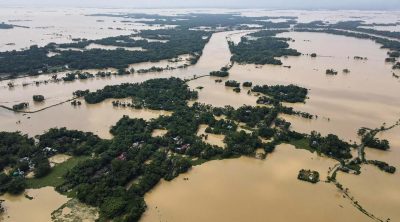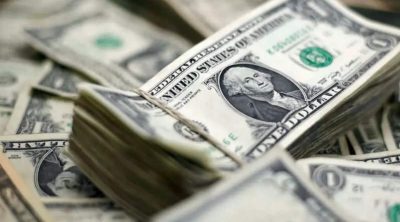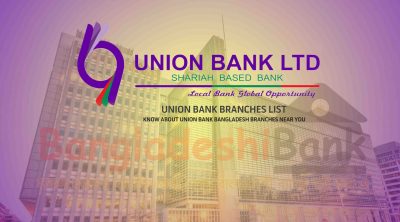Issue 1: ECON MONTHLY BULLETIN
YPF Economics and Jobs Policy Network brings to you the first issue of the monthly Econ Bulletin. This month, our policy associates goes deep into the weeds of economic issues, both national and global. In this issue we talk about the devastating impact of the floods in our northeastern Bangladesh, the impact of Padma Bridge on our economy and the imminent global recession that everyone keeps talking about. On top of that we also give you short explainers on the bullwhip effect, how a strong dollar is weighing on emerging market currencies and yet another banking scandal in bangladesh. Last but not least, we discuss the latest economic figures of Bangladesh in our recurring segment on economic indicators called Bangladesh in Data.
BANGLADESH IN DATA
GDP growth rate in Bangladesh during 2021-22 FY was estimated to be 7.25%, much higher than expected by economists. International organizations had forecasted the growth rate to be around 6.9% for 2022 and 7.1% for 2023. GDP was much higher in the first half of 2022 thanks to a spike in global aggregate demand.
- Headline – 7.56
- Core (excluding food prices) – 6.08
- Food inflation – 8.37
Imported inflation due to rise in global commodity prices and a rapid devaluation of taka against dollar has worsened the already existing inflation in Bangladesh. Headline CPI inflation rose to 7.56% fueled by food inflation which surged to 8.37%. But the situation seems to be improving due to falling commodity prices and easing demand due to actions of Central Banks around the world.
Taka has lost more than 25% of its value against dollar this year. It’s not just Taka, all the major currencies in the world also saw their value crashing against the dollar. This has investors worried about a dollar doom loop. Shocking everyone, the dollar reached beyond 112 taka in Kerb Market this month, way higher than the official fixed rate.
The wage rate index published monthly by BBS measure the movement of nominal wages of low paid skilled and unskilled labor over time in different sectors of the economy. For the month of June, it was 6.47%. In our current inflationary environment when CPI is trending upwards of 7%, this indicates that real wages for low skilled workers are falling due to rising prices.
There has been much talk about this indicator lately in bangladesh. The default of Sri Lanka on its sovereign debt and the tragic fall of its government that followed later has sparked discussion in Bangladesh about whether Bangladesh is next. If you believe the traditional wisdom in economics you shouldn’t be worried. Bangladesh has maintained a healthy debt-gdp ratio over the years and the amount of foreign debt is much smaller.
FX reserve in Bangladesh is standing somewhere around 40 billion right now according to the calculations of BB. The official line is that Bangladesh still has plenty of reserves to fund 6-9 months of import bills. The World Bank and IMF have raised doubts over the way BB is calculating the reserves. According to the IMF, the actual amount of reserve is around 31 billion dollars. A good chunk of Bangladesh’s reserve is tied up in assets which are not so liquid e. g. Bangladesh’s loan to Sri Lanka. The IMF says Bangladesh shouldn’t count this amount as their reserve since assets like these are not liquid.
According to a report by UNCTAD, Foreign Direct Investment in Bangladesh rose to its pre-pandemic levels of around 2.9 billion dollars, the second highest in South Asia.
Private sector credit growth reached a 41 month peak this year. Credit growth 12.94% year-on-year from May of previous year. This post-pandemic credit growth led by corporate investments is likely putting an upward pressure on inflation.
Prepared by: Abrar Galib Fahad





